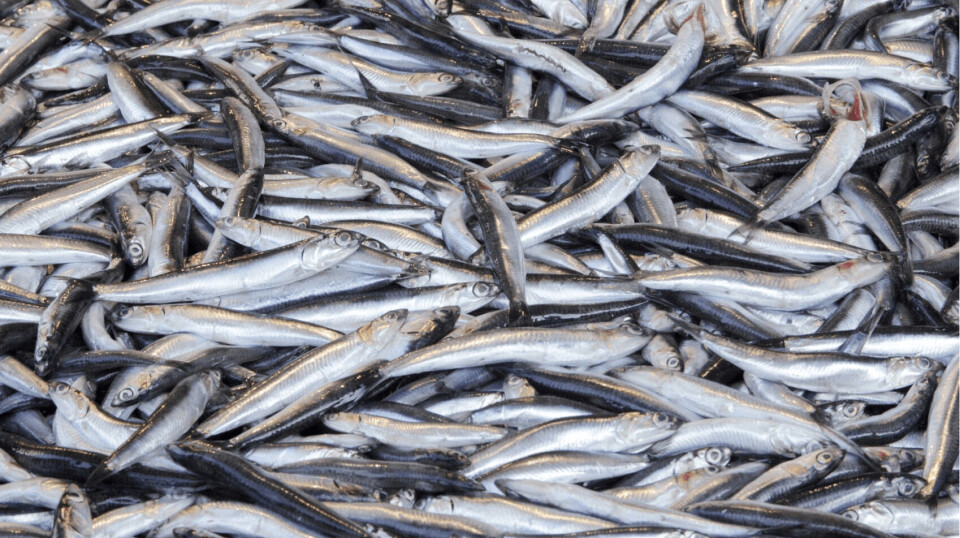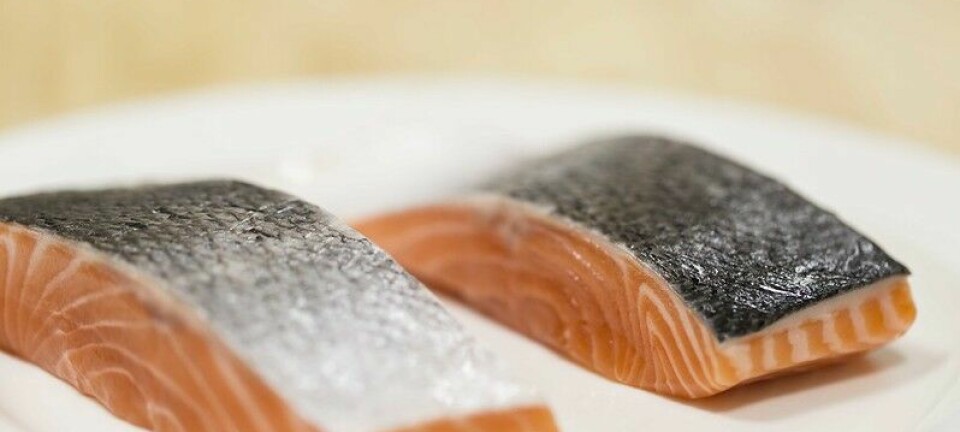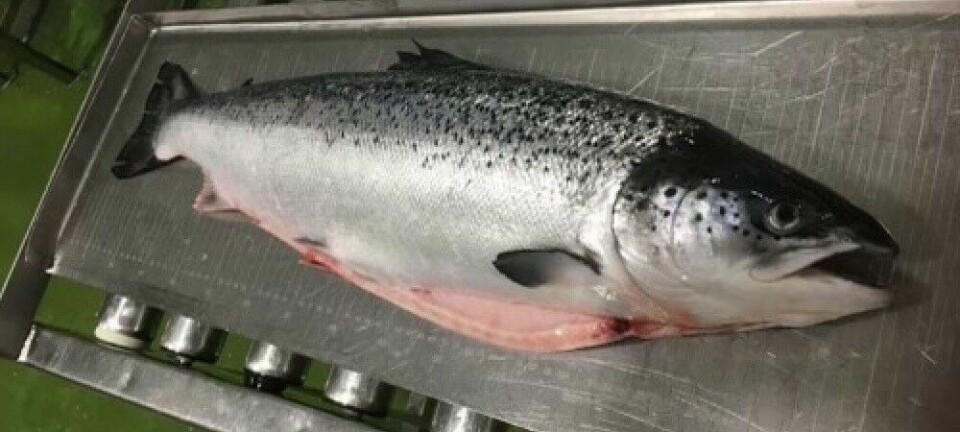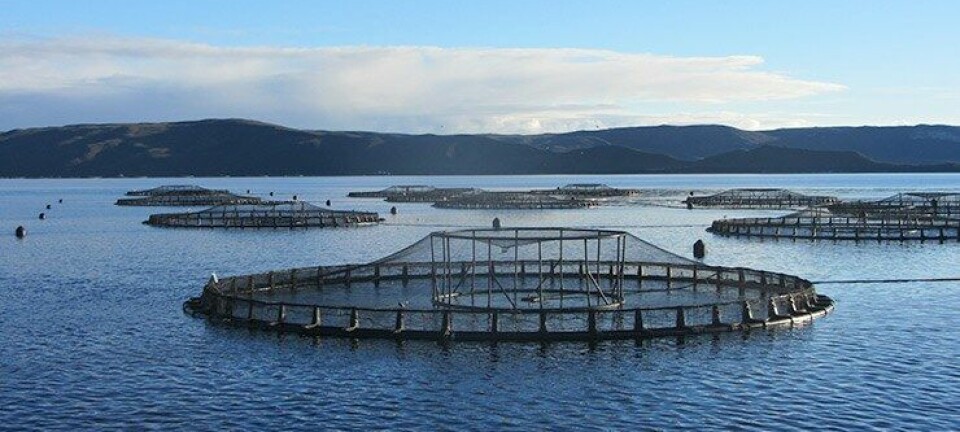
Peruvian anchovy catch boosts fishmeal production by 40%
Cumulative fishmeal production in Peru, Chile, Denmark / Norway, Iceland / North Atlantic, the United States, African countries, and Spain increased by 40% in the first five months of this year compared to the same period in 2023, according to marine ingredients organisation IFFO.
A significant year-on-year increase of the Peruvian supply of anchovies was the main factor for the increase.
The first 2024 anchovy season in Peru’s north-central fishing zone ended in June with more than 98% of the quota fulfilled. IFFO sees this as a very positive sign for the fishing and feed sectors, considering that Peru accounts for around one-fifth of global fishmeal supply in an average year. A second fishing season will take place later in the year, based on independently set quotas taking into account the size of the biomass.
In Peru's southern fishing zone, the season ended with slightly more than 10% of the first season’s quota landed. A new quota has been announced for the second season, which began on July 1.
More fish oil
Cumulative output of fish oil through May 2024 in the regions mentioned above was approximately 10.8% higher year-over-year, again driven by the increased supply from Peru. All other regions analysed in a report based on statistics shared by IFFO’s membership, which accounts for 55% of global marine ingredients production, showed a decline in their supplies of fish oil in comparison to the first months of the year 2023.
IFFO said that in China cumulative imports of marine ingredients are decreasing, confirming the challenging conditions prevailing in both the pig and aquaculture markets.
China’s aquafeed production in the first half of the year 2024 was below the amount reported during the same period in 2023. Despite some recent improvements in the farm-gate prices for certain farmed species, the reduced aquaculture activity in the first five months of 2024 might further weaken the demand for feed ingredients in the next quarter when most of these species will enter the grow-out phase.
On the other hand, China’s pig sector appears to be entering an uptrend in a new farming cycle, as prices have been strong over the past months. Pig farmers however are still striving to cut costs as much as possible to maximise profits, given the significant losses experienced last year. As a result, consumption of feed ingredients might not increase for the remainder of 2024, said IFFO.























































